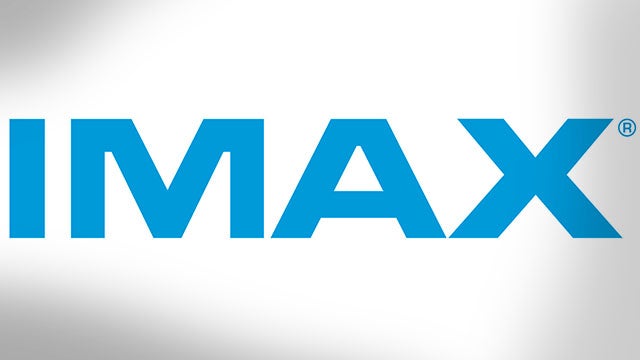
RPX uses wall-mounted 7.1 surround systems with a low-frequency transducer in each seat. IMAX places speakers behind their screens for maximum effect. IMAX uses custom-built 12.0 channel sound systems that can go an octave lower in the sub-base response (stated by IMAX). RPX screens are straight and smaller than their IMAX counterparts but are reputed to be easier on the eyes than those of IMAX (due to brightness). RPX cinemas use cutting-edge digital projectors as well. IMAX produces its own projectors and uses dual 2K and 4K laser projectors in its theaters.
Imax vs screenx movie#
RPX theaters are suitable for watching any type of movie, including 3D movies, but they are expensive.ĭon’t waste your money on IMAX if you’re watching a story-oriented movie with no action scenes. IMAX admissions cost roughly $5 more than regular theaters. RPX admissions are higher than IMAX theaters. High-comfort leather seats, with higher backrests featuring headrests.īetter than standard theaters but generally not as good as RPX. IMAX screens are taller than any others.ħ.1 surround sound systems with additional speakers built into each seat.Ĭustom 12 channel sound systems built for clarity and power. Larger, curved screens with dual 2/4K laser projectors. RPX screens are wider than those of IMAX. Smaller, flat screens with digital projectors. RPX screens are wider than those of IMAX theaters, but the overall quality of each is pretty much on the same level. RPX offers visitors luxury, with recliner-like leather seats and 7.1 sound systems for a more immersive experience. RPX is solely a prestige theater experience. This means IMAX offers the entire product lifecycle, from creation to enjoyment. Where IMAX differs is that it produced cameras and projectors first and foremost, while its “excursion” into the theater experience came later. RPX vs IMAX: What’s the Difference?īoth RPX and IMAX are at the top end of the movie theater experience. We decided to do a comparison to see what the differences are. Two experiences that have been gaining significant traction in the previous decade are RPX and IMAX.


Today we’re offered huge halls, enormous movie screens, immersive sound, and several technologies to choose from. Theaters were once (upon a time) small halls, with very few seats and no sound (can you imagine that?!). And, honestly, movies are for watching on the big screen. If you’re like me, you like a good movie. But the choice comes down to what you prefer and in which scenario. Both technologies have their pros and cons. More importantly, it aims to answer your question of which to watch. This article aims to compare two movie theater technologies, RPX vs IMAX.


 0 kommentar(er)
0 kommentar(er)
